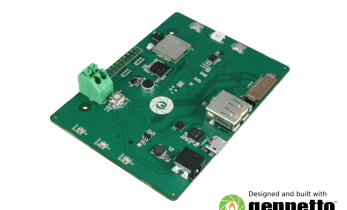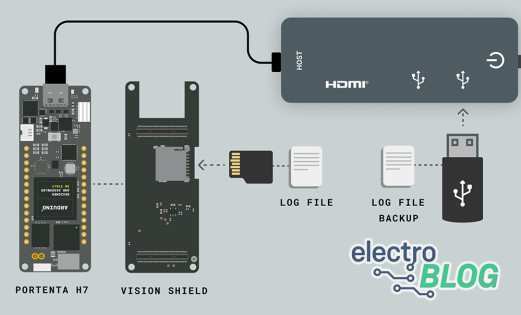Raspberry Pi CM5 Brings Industrial Power to Small Designs at Embedded World 2025
The Compute Module 5 (CM5) from Raspberry Pi is designed as a near drop-in replacement for the CM4, maintaining approximately 99% pin compatibility. This allows developers to upgrade existing systems with minimal redesign. At the heart of the module is the RP1 chip—shared with the Raspberry Pi 5—bringing native support for USB 3.0 and PCIe.
Changes to the display and camera interfaces mean the traditional dual DSI and CSI ports are replaced with two multi-purpose ports (MPP), configurable as either interface. These freed-up pins have been repurposed to support the high-speed USB 3.0 features. According to Raspberry Pi, the CM5 offers options for LPDDR4 memory and onboard eMMC storage, providing flexibility for embedded designs. Learn more about the CM5.
Performance Gains and Real-World Use Cases
The addition of PCIe lanes means improved support for M.2 and NVMe storage. When paired with the right peripherals, the module delivers desktop-level speed—especially when compared to CM4. Even standard SD card performance has improved significantly, making it a practical option for fast boot and data handling.
CM5’s industrial reach is already visible. It powers signage at Heathrow Terminal 5 and NEC displays, where reliability and performance are critical. According to Raspberry Pi, a dual PCIe hub enables one line to interface with the RP1, and another to connect externally—expanding design potential. As one engineer put it, “a fully fledged computer is smaller than a matchbox.”

From Prototyping to Production
Raspberry Pi’s industrial market has been quietly significant for years. Around 70–75% of total sales now come from industrial customers. Despite this, there are no volume discounts; pricing is flat across hobbyists and businesses alike. This unique model allows commercial sales to fund accessibility for education and maker communities.
Many companies start prototyping on Raspberry Pi boards and transition directly to products without changing platforms. CM5’s form factor matches the CM4, despite requiring over nine PCB layers—a testament to the engineering effort behind the scenes.
Did you enjoy this article?
Make sure you subscribe to The Electromaker Show for similar content and subscribe to our monthly newsletter!














































Leave your feedback...